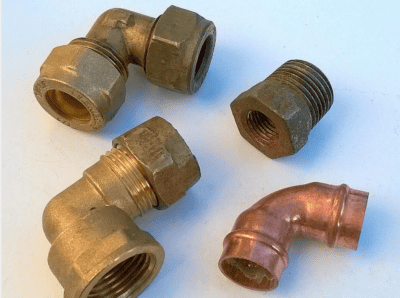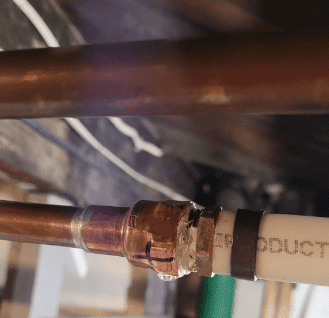Pipe fittings come in various shapes and sizes and are usually constructed from PVC, copper, or iron. They are an essential plumbing component, with different fittings playing a range of roles throughout a plumbing system. These include regulating the flow, joining pipes, and assisting in the upkeep and maintenance of a plumbing system.

Image credit
Pipe fittings are used in plumbing installations in a variety of homes and industries, including chemical, mechanical, power, food and beverage, sanitation, and road and highway construction.
Six types of pipe fitting
1. Reducer pipe fittings, which are shaped like cones and gradually decrease in size around the pipe, are used to reduce the flow rate.
2. Elbow pipe fittings are available in different angles and are used to change the flow direction between two pipes.
3. Adaptors are used to connect pipes with plain ends. They are usually soldered, welded or glued in place.
4. Coupling fittings are used to connect two pipes of the same diameter and are frequently used in the repair of broken and leaking pipes.
5. Valves regulate or stop the flow in its path. Valves come in various types, such as throttling, isolation, and non-return.
6. Nipples are used as connections. Rather than connecting two pipes, they connect two valves. They can be made from steel, copper, or CVPC.
Copper fittings
Copper pipe fittings come in a variety of sizes, including 15mm, 22mm, and 28mm. 15mm and 22mm sizes are most used in the domestic market.

Pipeline merchants such as watkinspowis.co.uk/products/copper-pipe-fittings-and-press-systems have a full range of fittings suitable for both the domestic and commercial market.
A trusted supplier of plumbing fittings and equipment will be able to advise on the products required for your project, no matter how large or small.
